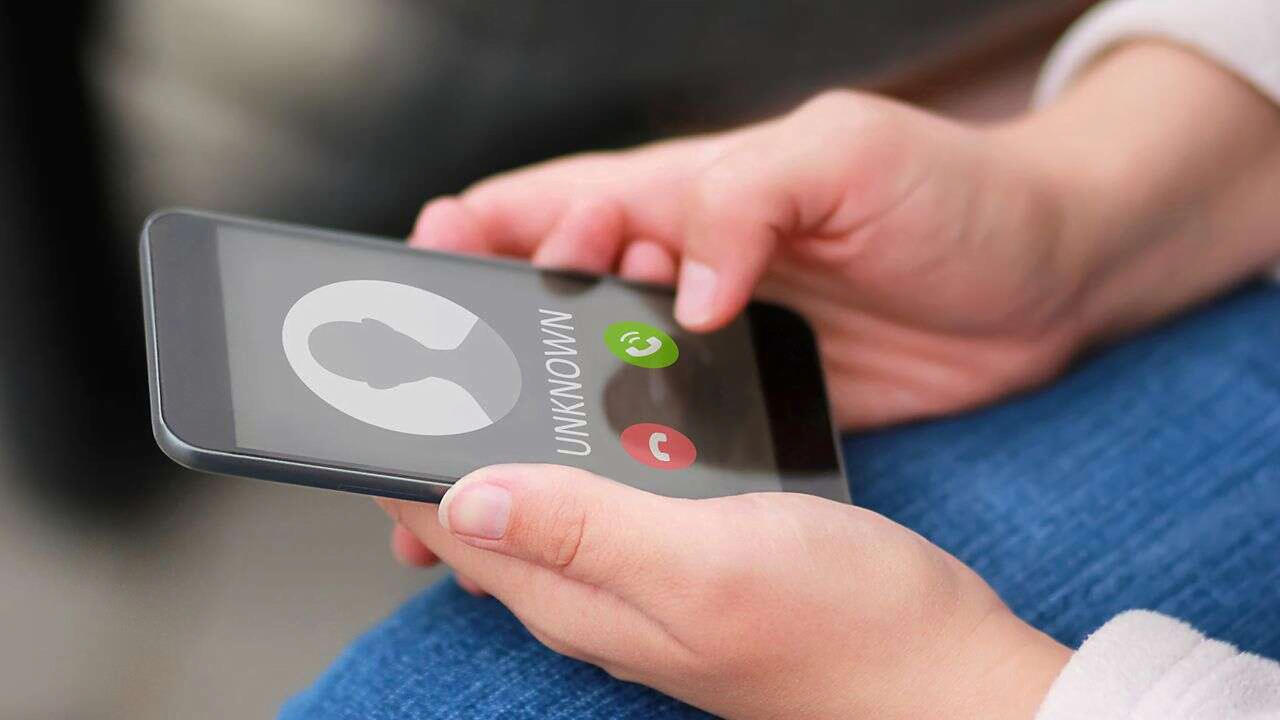The recent plague of robotexts and robocalls has finally motivated government bodies to take action, based on the Telephone Consumer Protection Act (TCPA) robocall rules that require an individual’s consent to receive robotexts. In 2018, some 93,331 complaints were directed to the Federal Trade Commission (FTC)about unwanted text messages, including robotexts.
Spammers and scammers can use robotexts to trick people into sharing personal information. However, not all robotexts are from scammers as some can come from known brands. Nevertheless, there are serious security and data privacy implications if you receive text messages from questionable phone numbers.
People may not know what to do once they receive robotexts and inappropriately interact with them immediately. Recipients should instead do the following to keep themselves safe from spammers:
- Don’t Tap Anything
The usual robotexts include a link in the text message. Such links can consist of “You’ve won, click here!” call-to-action messages. Don’t tap such links as they can infect your phone with malware or they can lead you to share sensitive personal information, even unknowingly.
- Don’t Reply
Some spam messages give users an option to reply “STOP” to keep them from receiving further robotexts. Subscribing to different services can result in receiving robotexts, which makes the “STOP” prompt reasonable and believable. However, some text scammers use this to verify if the number they sent spam messages to is active.
Once your number is verified, scammers can sell the details of your active number to increase the volume of robotexts you receive; Thus the advice to not reply to such messages, even to prompt them to stop.
- Forward the Message to the Authorities
When you receive a spam robotext, the Federal Communications Commission (FCC) recommends copying the message and text it to the number 7726 (SPAM). This will alert your carrier that you’ve received an unwanted text and help it recognize and block the number. Of course, while you’re copying the message, don’t accidentally click any links!
Recipients can also report robotexts to both the FTC and the FCC through these:
- FTC Text Message Spam help page
- FTC Complaint Assistant
- FCC Unwanted Robocalls and Texts help page
- FCC Consumer Complaint Center
- Block the Number
Instead of risking your mobile phone’s security by replying “STOP” to try and keep you from receiving robotexts, you can block such numbers to stop the traffic of unwanted messages to your phone.
This guide shows how you can block numbers in either iOS or Android phones.
Consider a Secure Enterprise Messaging App
Organizations that receive robotext attacks on their phones should consider using a secure enterprise messaging app for their business communications. Should secure enterprise numbers still receive unwanted messages, they can then block them through the app.
Robotexts Permitted by the FTC
Not all robotexts and robocalls are from scammers, however, and the FTC allows the transmission of such messages even without the receiver’s permission. Such messages include the following:
- Purely informational messages
Robotexts meant to inform receivers about flight cancellations, and other essential information aren’t prohibited as long as there is no indication that the sender is attempting to sell anything.
- Debt collection messages
The FTC does not prohibit robotexts and robocalls from debt collectors as long as they don’t contain any offers for services that can reduce a person’s debt. Robotexts containing such offers are considered illegal and are probably scams.
- Political messages
Mobile phone users can receive political texts advertising various candidates. Robotexts don’t necessarily come from either scammers or spammers as they can also serve well in political campaigns.
Political campaign-related robotexts and robocalls are not allowed on mobile devices without the recipient’s consent and on protected phone lines like emergency lines or hospital lines, but they are permissible on landline telephones even if the recipient has not given prior consent.
- Calls from some health care providers
Health care providers and pharmacies can update mobile phone users to refill their prescriptions. Due to their nature, the FTC doesn’t prohibit such messages.
- Messages from charities
Charities can choose to contact mobile phone users, but they can also resort to using robotexts and robocalls. Such messages should only go to members of such charities and their donors and should have an option that lets them stop receiving further messages.
Conclusion
Being able to capture and record mobile SMS, allows your company to archive text messages, including spam, in case investigations under regulations will have to be conducted. Archived spam messages can also be copied then forwarded to the FCC to report the unwanted robotext as spam.
The TeleMessage Mobile Archiver effectively addresses compliance, regulatory, and eDiscovery response requirements and reduces risk across the financial industry under the various text archiving regulations. TeleMessage captures and records mobile content, including SMS, MMS, voice calls, social media, and WhatsApp Chats from corporate or BYOD mobile phones. Messages are securely and reliably retained within the TeleMessage servers or forwarded to an archiving data storage vendor of your choice.
Our mobile archiving products securely capture content from mobile carriers and mobile devices for a variety of ownership models (BYOD, CYOD, and employer-issued). With our multiple archiving methods, you can always find the right tools or blend for your text message archiving and voice call recording requirements:
TeleMessage offers cross-carrier and international mobile text and calls archiving for Corporate and BYOD phones. Contact us to try our mobile archiving products today.
